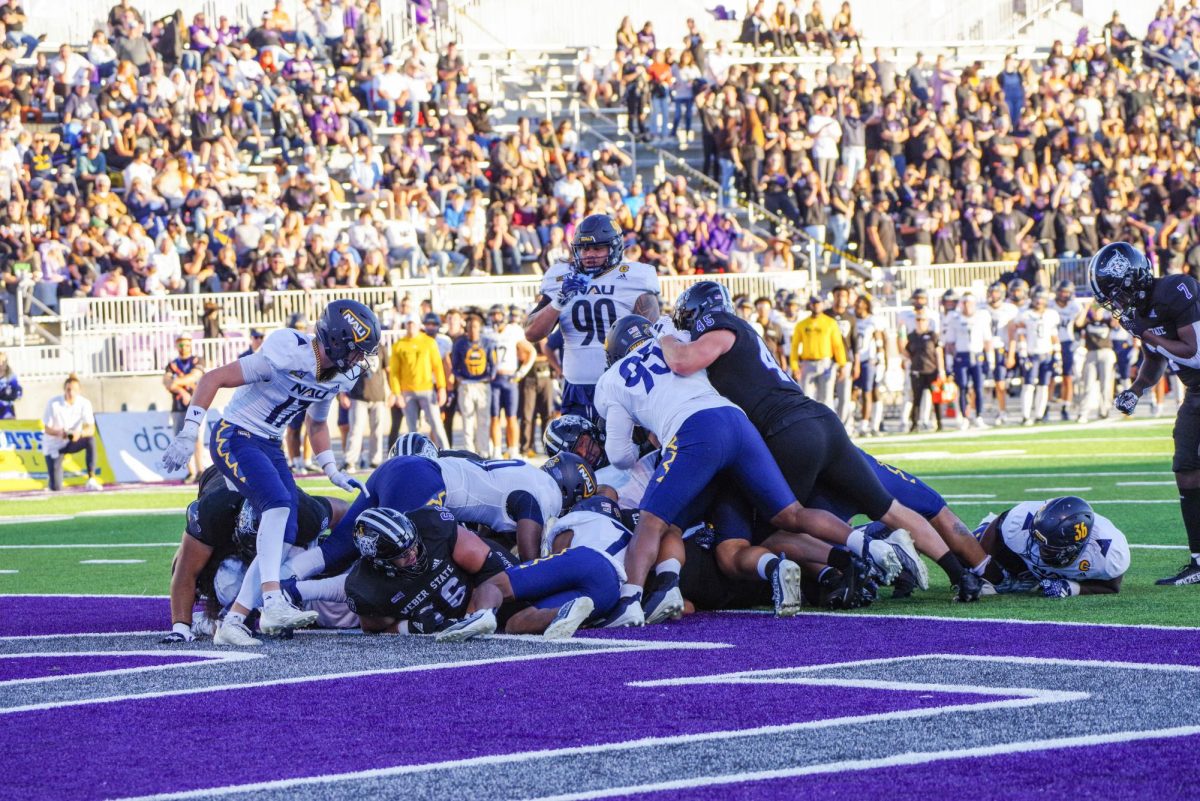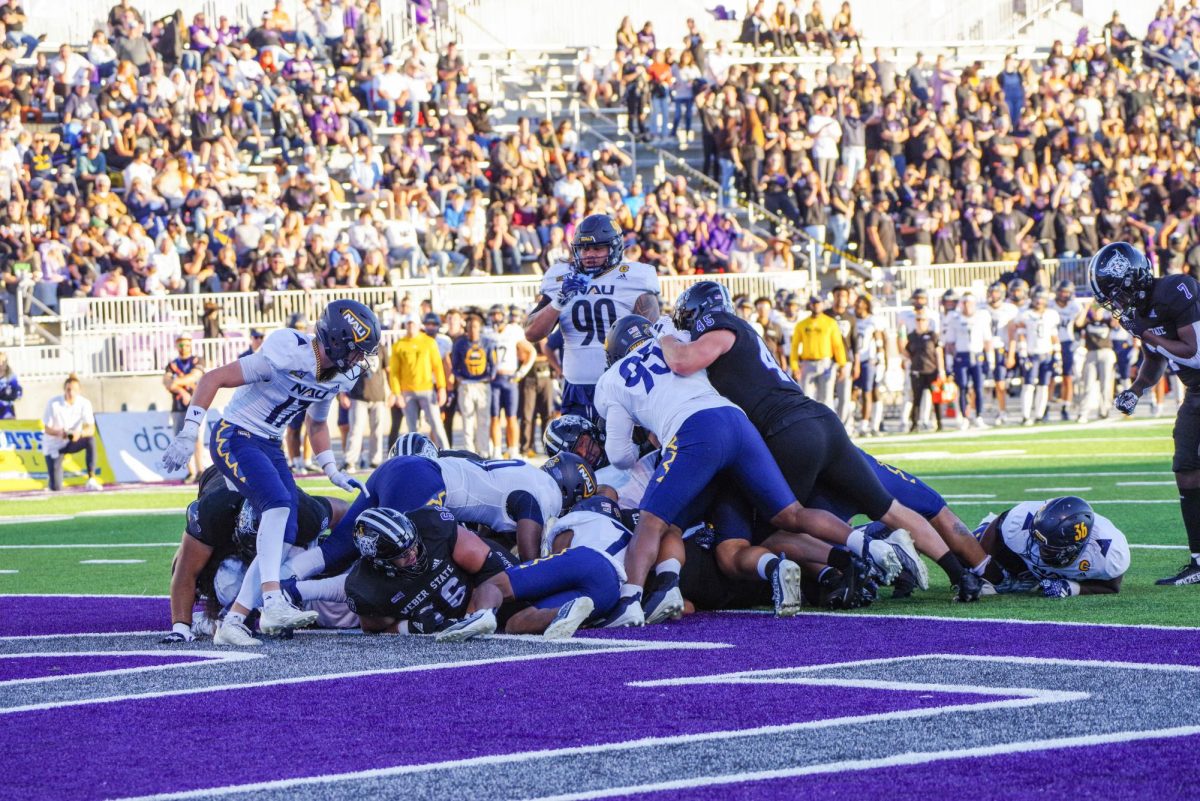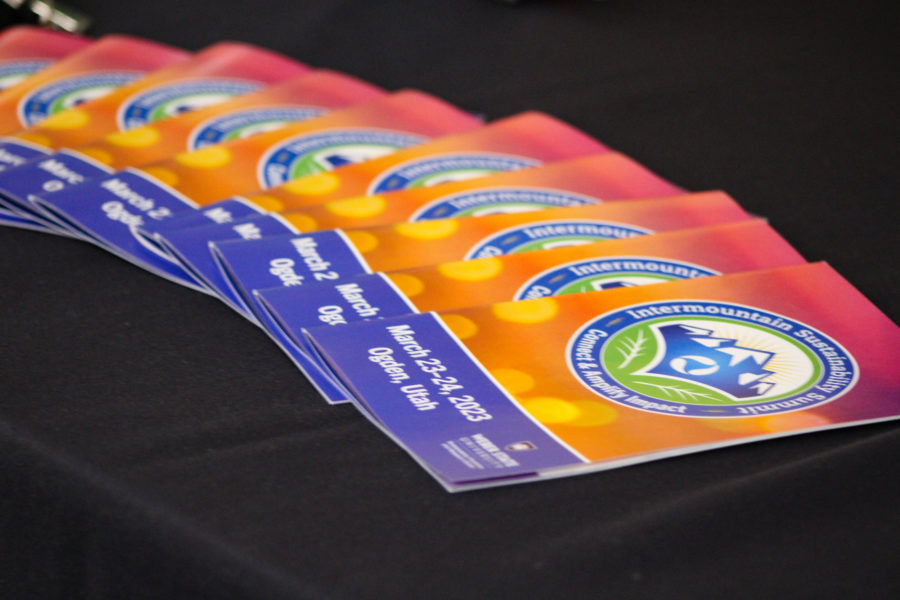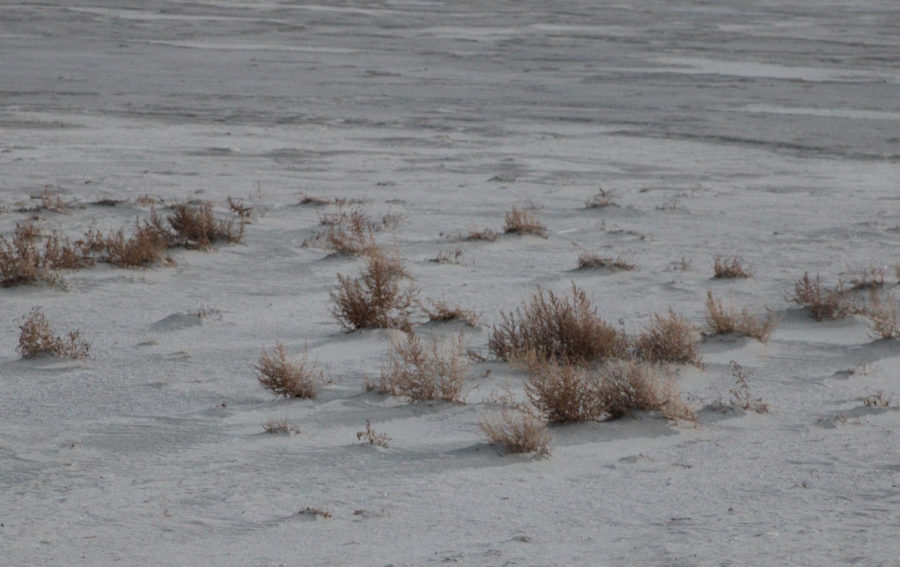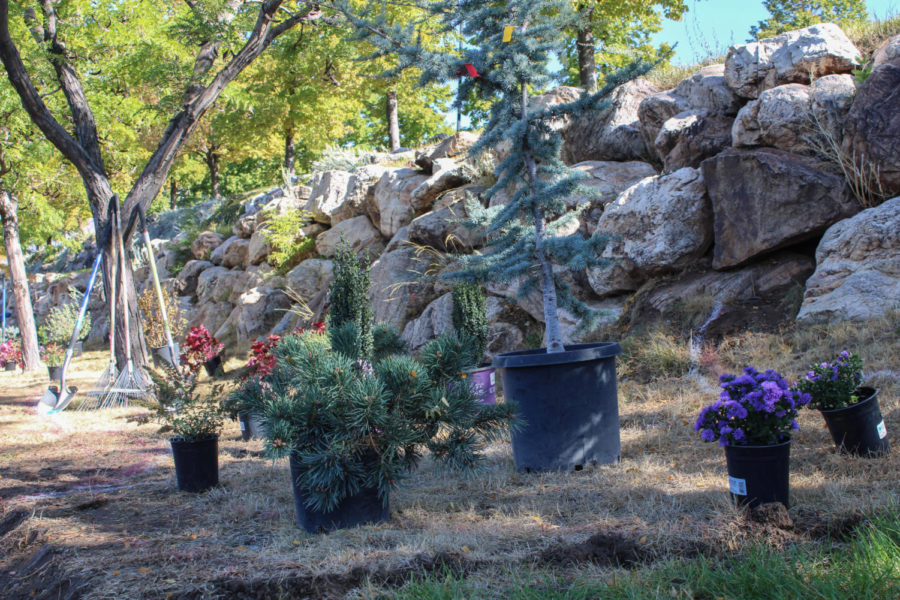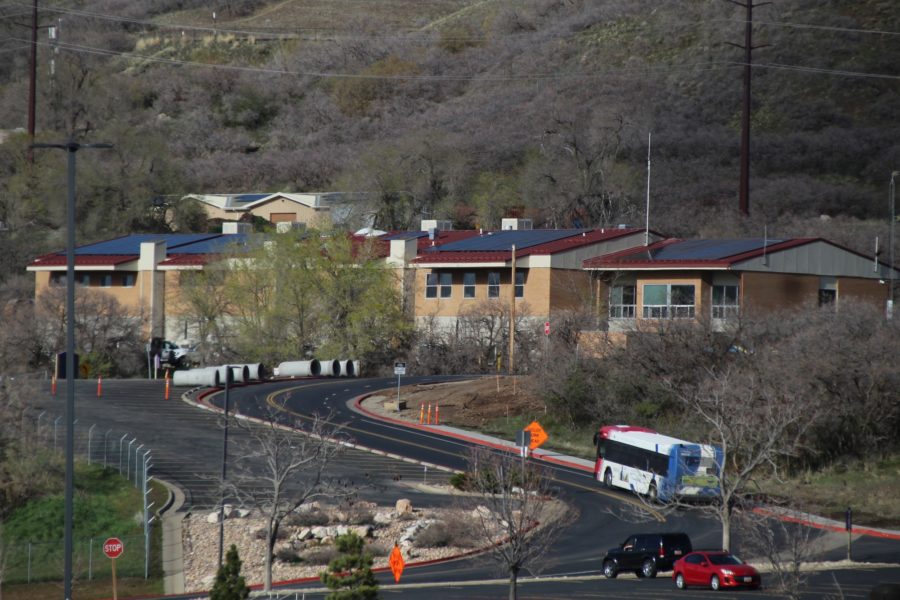
Weber State University saved $1.4 million in water and energy costs through energy and sustainability projects in the fiscal year that ended June 30.
“The money we save each year is reinvested in future energy and sustainability projects. Many of these energy projects also have significant infrastructure upgrades associated with them,” said Jacob Cain of the Weber State energy and sustainability office said in an email.
The improvements and energy-saving projects do not directly help lower tuition costs, but according to Cain, by improving the infrastructure, we reduce the need for tuition increases for that same infrastructure.
In 2014 the Princeton Green College Guide, Weber State University is listed as a college “that demonstrate(s) a strong commitment to sustainability in their academic offerings, campus infrastructure, activities and career preparation.”
The energy and sustainability office has a website that allows people to see the various Weber State buildings and their current, daily, weekly, monthly and yearly energy consumption.
So far this year the Shepherd Union is using 158-kilowatt hours and 145 gallons of water, but is producing 7.9 kilowatt hours through solar panels. The union building has 148 solar panels worth $230,000, funded by the American Recovery and Reinvestment Act. They produce 569,000 kilowatt hours per year, equal to 3.2 houses worth of electricity.
The top three energy consumers from July through the first half of October were the technical education building consuming over 457,800 kilowatt hours, the Dee Events Center with over 422,000 kilowatt hours and the Stromberg Complex with just over 388,600 kilowatt hours. In those four months the technical building consumed the equivalent to 43.4 homes’ worth of annual electricity consumption, according to a conversion chart on epa.gov.
While the Dee Events Center is the second-largest energy consumer, in 2012-13 academic year it won first place in the EPA’s National Building Competition for Events Centers. It was the first NCAA stadium arena to have 100-percent LED lighting. The LEDs have a life expectancy of 11 years and save $20,000 annually. They use 70 percent less energy and cost a total of $200,000, according to the WSU Energy and Sustainability office.
“The staff have found the new lighting much easier to use and work with,” Cain said.
He added that they have had a benefit beyond the savings.
“The improvements to the infrastructure will help with improving education, as well as the energy projects have helped convert the campus into a learning laboratory,” Cain said.
More information about Weber State’s energy and sustainability projects may be found at the WSU energy and sustainability website.
Haga clic en enlace para leer este artículo en Inglés.





